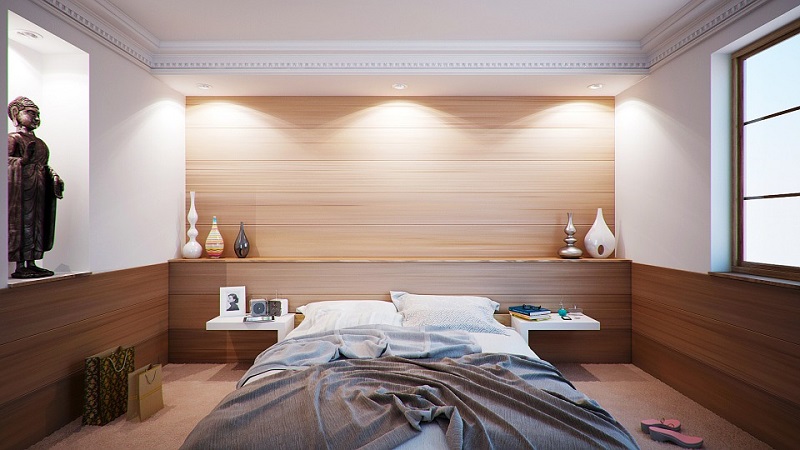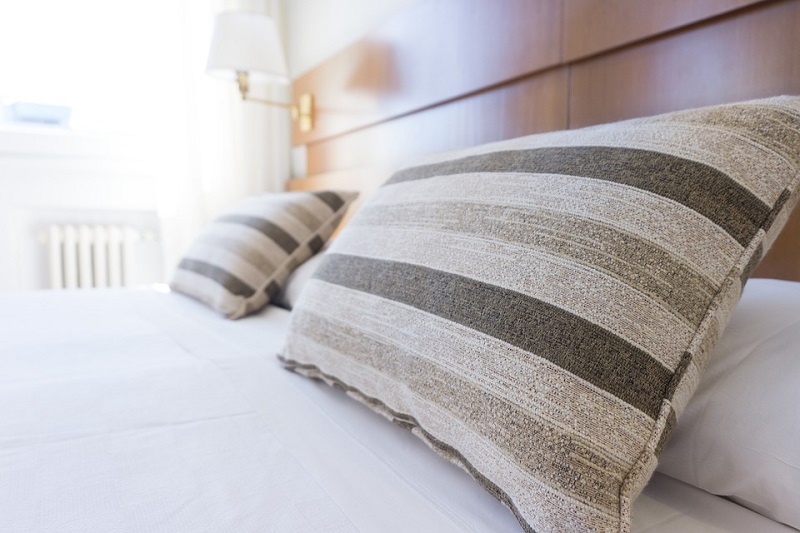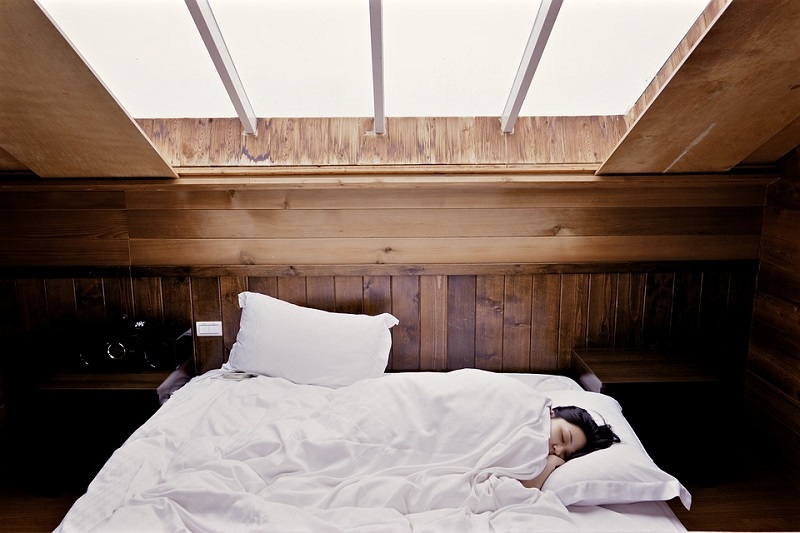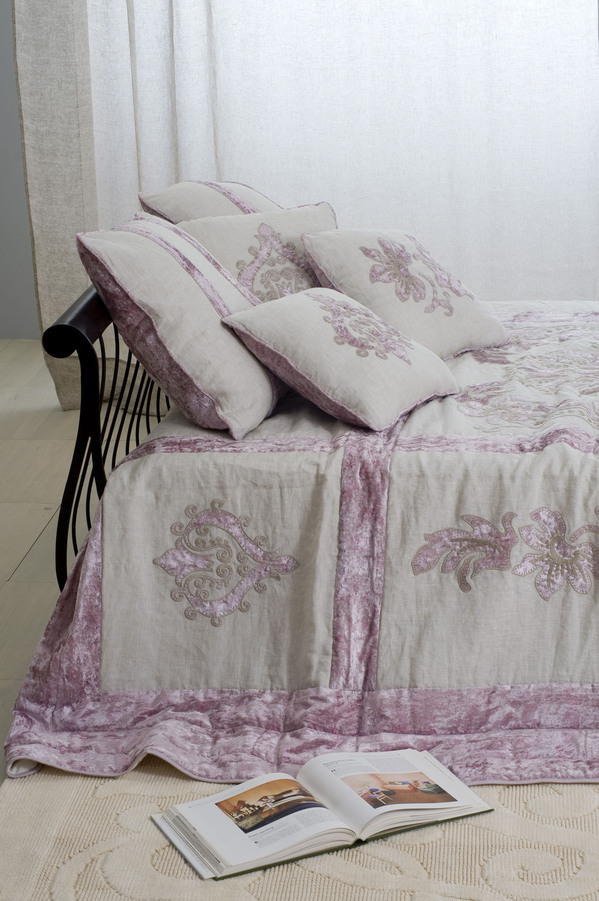
Tips for Choosing the Perfect Bed
A restful sleep is synonymous with good health and for this the bed where you sleep daily is one of the keys. We explain how to choose the perfect bed to ensure pleasant nights. We spend a good part of our life in bed. On its characteristics (softness, material, size) depends whether we get up relaxed and in good shape or, on the contrary, rigid and in pain. Therefore with the help of Divan Bed Centre, we give you some tips on how to choose all the necessary elements that facilitate a more restful sleep, as well as the position that best suits you to sleep better.
Choose the Mattress With “the Proof of the Hand”
The ideal mattress should have a medium hardness. A common mistake is to combine a table with a latex mattress, it is too hard. When you go to buy a mattress, in the store try all the postures in which you sleep. To know if it respects the natural curvature of the spine, lie down and pass a hand between the lumbar and the mattress. If it passes without problems, it is very rigid, if it does not, too soft.
It must have a consistency that adapts to the shape of the body without sinking; 90 cm wide (single bed) or 150-160 (double) and with a length that exceeds a few centimeters your height to avoid sleeping shrunken. The viscoelastic relieves back pain because it adapts to the shape of the body, reduces pressure and gives comfort. Before buying a new mattress-it needs to be renewed every 10 years. Analyze the following points:
Firmness: it must be rigid enough so that the back is supported and the vertebrae are aligned when you lie on your back, and it must be comfortable. The higher the body weight, the more firmness will be necessary.
Elasticity: the ideal thing is that it yields to the pressure of the projecting and heavier parts of the body (like the shoulders and the pelvis).
Size: the length should be between 10 and 20 centimeters greater than that of the person who will use it, and the thickness, at least 15 cm.
The Pillow: the Altitude Is Imported
Many cervical pains are the result of a bad choice of pillow. You must choose a model that does not force the neck to adopt a forced posture:
- If you sleep on your back, it is best to use a thin pillow about 12-13 centimeters thick.
- If you do it resting on one shoulder, choose a thick one (about 15 cms).
- If you sleep face down, the cushion should not exceed 10 centimeters thick.
- And if you change positions frequently, choose a pillow of great flexibility.
The viscoelastic is suitable for people with back pain. It varies its shape according to the pressure and the temperature of the user. The feathers are not very firm, so they are more suitable for people who sleep on their stomach, in which case the cushion should be very thin so as not to damage both the lumbar and dorsal area.
Somier Is Also Key
The entire responsibility for rest does not lie only in the mattress and the pillow. Another fundamental element is the bed frame. The springs have already practically disappeared from the market and have been replaced by slatted slats fiberglass, carbon or wood.
In addition to the material, other aspects to consider are the amount of slats, their flexibility, their thickness and their width. The thicker and wider they are, the greater the firmness. Due to its characteristics in terms of flexibility, beech is the most recommended wood for a bed base, but oak, poplar or pine are also used.
The bed frame can be made of roll (the sheets rest on the structure of the bed and yield to the weight of the person sleeping) or frame (the slats are joined with tilting capsules, which allow them to pivot vertically and horizontally, depending on the the pressure they support). If you sleep as a couple, join two bed bases. It is always preferable to sleep at your leisure. Large beds are better than narrow beds because they allow for more relaxed postures and greater mobility. In case you sleep with your partner, to gain comfort it is interesting to mount two separate bed bases that adapt to the weight and movements of each sleeper.
Sleeping in the Perfect Posture
Face up, face down, sideways with the legs stretched … All these positions, to a greater or lesser degree, can cause damage to our spine, in addition to not providing a good rest. The best position to have a restful sleep and take care of our back is the fetal position:
- Lying on one side of your body and with your knees and arms flexed.
- The spine and the muscles that cover it both cervical, dorsal and lumbar are relaxed. In addition, this position allows you to breathe well and normally.
- The other joints involved such as the shoulders, hips and knees are also in correct and unforced positions. (A small complement is to place a pillow between your knees).






